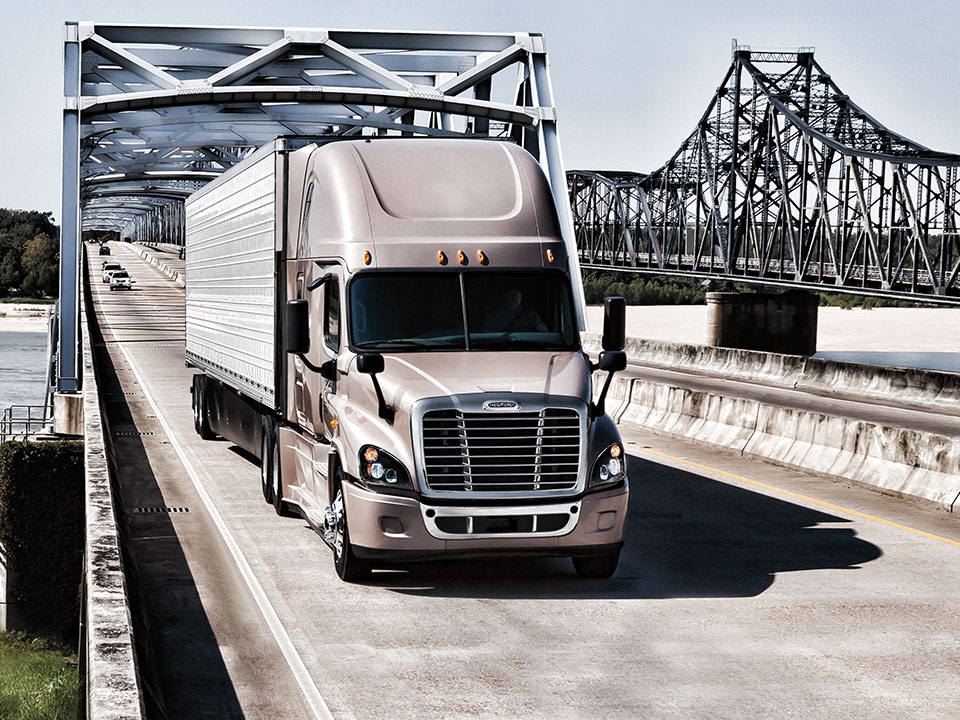For a number of years, companies were focusing on keeping just-in-time (JIT) inventory to avoid having substantial overstocks. And for a while, this did seem to result in a more positive bottom line. Then COVID hit and we all remember the shortages of toilet paper, food products, and PPE items, among others. That was just the beginning. As the pandemic went on, the supply chain ground to a near halt and it seemed as though just about everything was thrown off-kilter.
From stoppages at shipping ports to the averted railway strike, it seems as though everything that could create disruption is happening. Our industry is well aware of the shortage issue, from chips to practically every necessary component needed to keep the fleets going. While shortages were ongoing, retailers saw a bump as people stuck at home turned to ordering online. So, many retailers adopted a more proactive inventory attitude, ordering enough to maintain business over a longer period of time (should another disaster hit) but not so much as to have huge overstocks.
An article last week in Transport Topics showed that this might not have been the optimal solution either. It noted that retailers, in response to demand, “proactively increased orders to mitigate the risk of delays. However, consumer demand slowed, leaving warehouses full and operators stacking inventory while waiting for a decline.” This is all indicative of the “supply and demand seesaw” that businesses face constantly as well as inflation that’s caused customers and businesses to pull back on purchasing.
Part of the problem for retailers is seasonality. Delays in the supply chain ended up with retailers having out-of-season stock by the time it arrived. So, warehouses are filled to capacity with new inventory arriving and no place to put it. According to the article, some companies have found themselves using storage trailers, but since there is a shortage of these as well, this may not be a fix for everyone.
Making the most out of available space and channels
Companies may be looking for more space, but with property rates at an all-time high, that also cuts into profits. The article notes that owners are willing to negotiate, but only for long-term leases. As we know from the Amazon situation (closing warehouses and not opening new ones), situations change and no company wants to be stuck with a lease they can’t get out of.
All of this is causing logistics and inventory professionals to come up with alternatives. The pandemic resulted in a number of retailers having curbside pickup as an option. For those with multi-channel options, some stores have been converted into mini warehouses that provide the “buy online, pick up at the store” option. Some of these stores are treated as actual mini-fulfillment centers with sales associates tasked with packing and shipping orders. This situation hasn’t been made any easier with the labor shortages that seem to be ubiquitous.
Companies will also have to assess if they are maximizing their warehouse space. Utilizing a warehouse management system will help. This may be a stopgap effort for now, but it’s one that may prove beneficial for companies in the future when supply and demand even out. Eliminating the need to lease additional space because you optimize existing space can lead to substantial cost savings.
There may be no easy answers to these challenges until inflation is brought under control and demand rises. In the interim, companies may have to cancel orders (when possible), sell unwanted goods to liquidators, and reduce prices overall. There will also need to be ongoing conversations with shippers and carriers to time deliveries much more strategically than might ordinarily be the case. Until the situation changes, we all have a part to play.
Read my IdeaXchange blog to see how NationaLease is addressing supply chain shortages.





